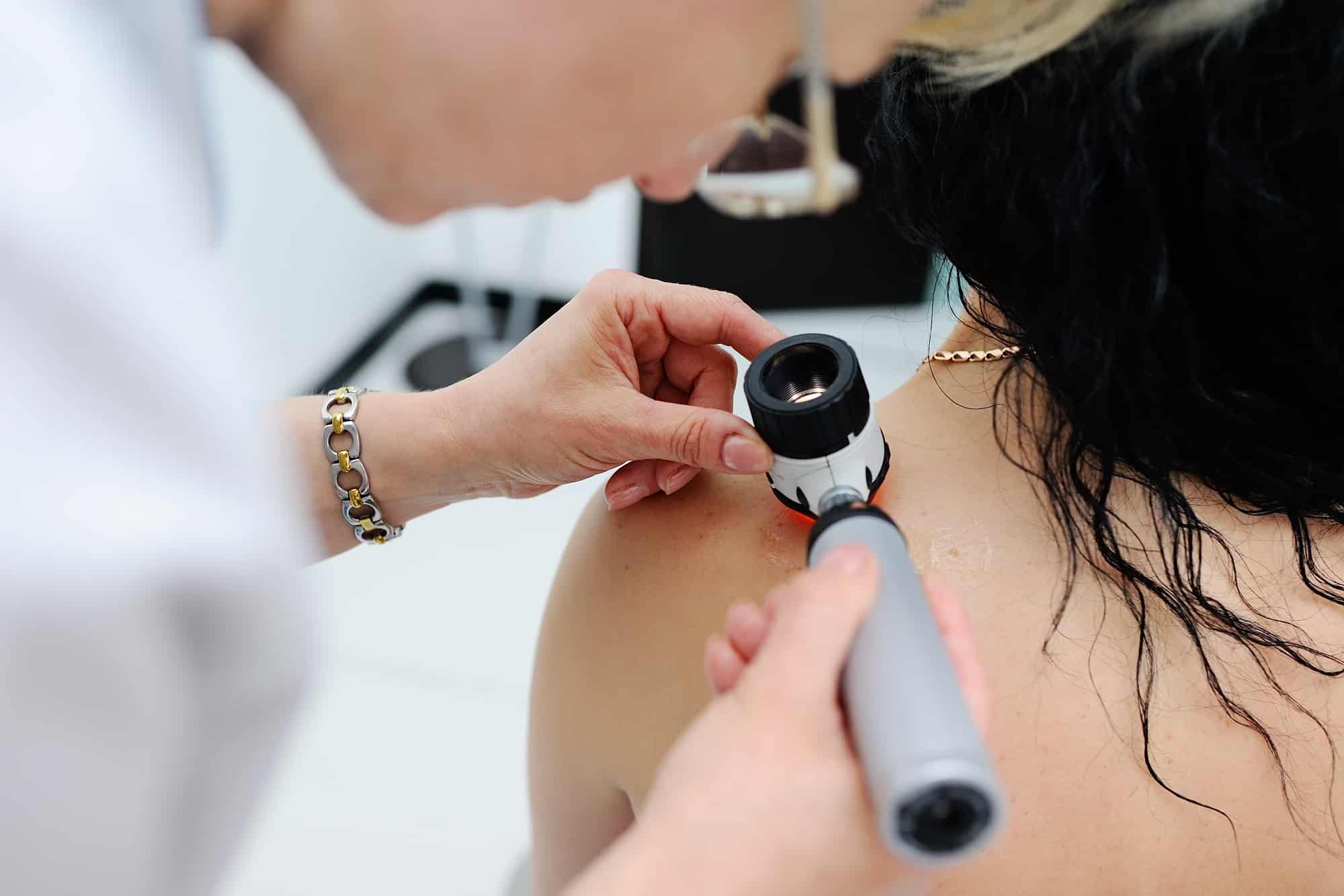
Despite public service campaigns and growing awareness, melanoma rates in the U.S. are rising, a new report warns. In JAMA Dermatology, researchers from the National Society for Cutaneous Medicine analyzed data from the American Cancer Society and warned of the rising incidence of melanoma and higher numbers of melanoma deaths in the past few years.
Melanoma Diagnosis and Death Statistics in the U.S.
In 2009, there were an estimated 8,650 deaths from melanoma in the U.S, with a lifetime risk of developing melanoma at 1 in 58. By 2016, researchers estimated there were 10,130 melanoma deaths for the year and 76,380 invasive melanoma diagnoses in the U.S. That gives each American a current risk of 1 in 54 that they will develop invasive melanoma during their lifetime. The chance that someone will develop in situ melanoma, on the other hand, has increased from 1 in 78 in 2009 to 1 in 58 in 2016. When the researchers combined the incidences of invasive melanoma and in situ melanoma, they discovered that Americans now have a 1 in 28 chance of developing melanoma over the course of their life.
Analyzing the Melanoma Data
Some may argue that the rising numbers of melanoma cases actually mean that doctors are getting better at detecting the disease. This may be true, the numbers indicate, with the incidence of melanoma increasing at a higher rate than melanoma deaths. However, this is not the whole story. According to the data, melanoma deaths are rising independent of the number of diagnoses, and melanoma tumor thickness is also increasing. This seems to suggest that doctors are not just detecting more incidences of melanoma: more people are dying of the disease now than a few years ago.
Why Melanoma Rates are Rising in the U.S.
The researchers have an idea of why melanoma rates are rising in the U.S. despite growing awareness of the disease. Although people may be using sunscreen and protective clothing now, many older Americans are taking these actions after a lifetime of sun worship. Years of sunbathing without awareness of sunscreen may be catching up to the baby boomer generation, and as this population ages, their chance of a melanoma diagnosis increases. Despite taking action to protect themselves now, the damage may already be done.
Another potential cause of the melanoma increase may be the popularity of tanning beds in recent years. Eager to get the perfect tan despite cool and cloudy weather, many people had turned to indoor tanning as the perfect solution. Unaware of the dangers of the artificial UV exposure at the time, these men and women unknowingly increased their risk of developing melanoma every time they tanned. Although regulations are beginning to limit tanning to adults only, and knowledge of the dangers of indoor tanning is growing, melanoma may just be catching up to the frequent tanning population.
Risk Factors for Melanoma
Some people are born with fair skin or have a family history of melanoma, increasing their chance of developing this disease. Although they cannot help their genetic makeup, these people can help reduce their risk of melanoma by playing it safe in the sun. Exposure to high ultraviolet (UV) levels, either from the sun or from indoor tanning, can increase the chance of developing melanoma too.
Reducing the Risk of Melanoma
Even with a family history of melanoma and fair skin, people have the ability to reduce their risk of developing melanoma. They can stay in the shade, limit the time the spend in the sun, and avoid the sun in the early afternoon. They should always apply sunscreen and reapply the sunscreen at least every couple of hours in the sun, and they should wear a hat and other protective clothing, such as long sleeves, to help stop the UV rays from reaching their skin.
Melanoma Detection
The study authors say patients can also reduce their risk of melanoma death by detecting the disease early. When dermatologists perform a total-body skin exam, they may find melanoma at an earlier stage, treating the disease before it gets worse. The authors say doctors can also take this opportunity to educate their patients on melanoma warning signs, helping patients know when a blemish may be concerning and to make a doctor’s appointment as soon as possible.
The news is not all bad. The study authors suggest that increasing melanoma awareness is likely having an impact on melanoma rates, but the impact is just not visible in the numbers yet. Hopefully as melanoma awareness increases, detection tools improve, and regulations limit sun exposure for teens, melanoma deaths will decrease in future years.
Dermatologists perform a wide variety of functions, from diagnosing and treating melanoma and other skin diseases to improving the look of aging skin with dermal fillers and other aesthetic products. To buy dermal fillers, skin creams, and other products for your dermatology office, visit DoctorMedica.co.
Related Articles
Joanna Carr
Eylea vs Vabysmo – Comparing Two Anti-VEGF Injections
Compare Eylea and Vabysmo in this in-depth analysis of their mechanisms, dosing intervals, and clinical benefits for retinal disease management.
Joanna Carr
Mounjaro vs Ozempic vs Wegovy – The Weight Loss Trinity
Compare Mounjaro, Ozempic, and Wegovy in this comprehensive guide to GLP-1 and GIP/GLP-1 therapies, covering weight loss efficacy, active ingredients,...
Joanna Carr
Liporase Reviews – Patient and Practitioner Perspectives
Explore Liporase reviews from both patients and practitioners. Understand its effectiveness in dissolving HA fillers, safety profile, and real-world o...


